Microsoft Train Simulator
6.4 /10 17 Votes
Director(s) Paul Chamberlain Programmer(s) Rhona Robson Initial release date 2001 Genre Simulation | 3.7/5 Microsoft Designer(s) Phil Marley Artist(s) Dan FrithTony Zottola Mode Single-player video game | |||||||||||||||||||||||||||||||||
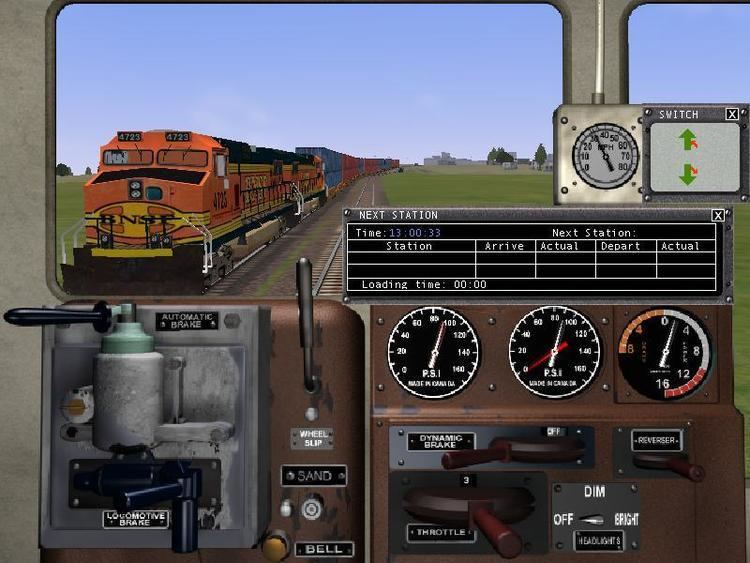 | ||||||||||||||||||||||||||||||||||
Distributor(s) Microsoft, Ubisoft* Xplosiv, (Empire Interactive), * Atari,* Developers Microsoft Corporation, Kuju Entertainment, Microsoft Studios Publishers Microsoft Corporation, Xplosiv Similar BVE Trainsim , Rail Simulator , Microsoft Train Simulator 2 | ||||||||||||||||||||||||||||||||||
Microsoft train simulator high speed train crashing
Microsoft Train Simulator (abbreviated to MSTS) is a train simulator for Microsoft Windows, released in May 2001 and developed by UK-based Kuju Entertainment.
Contents
- Microsoft train simulator high speed train crashing
- Gameplay
- Routes
- Locomotives 1012
- Gameplay issues
- Updates
- Reception
- Mods
- Microsoft Train Simulator 2
- Open Rails
- References
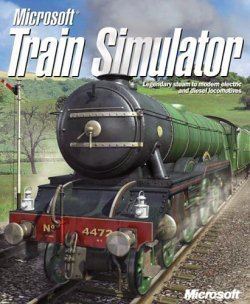
Gameplay
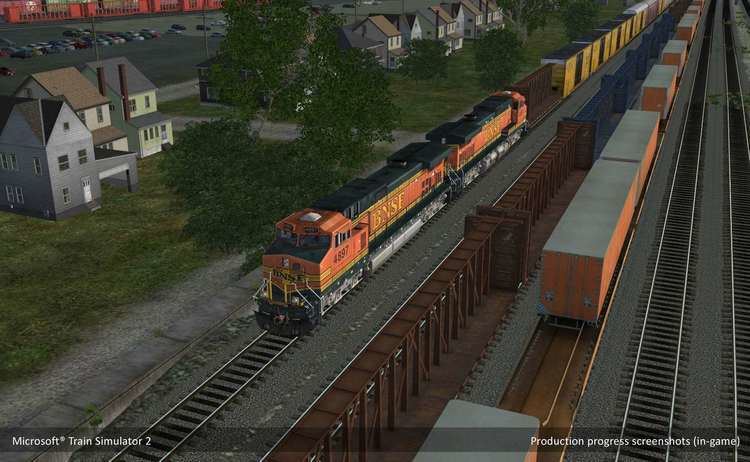
The simulation allows players to operate a train on various routes in Europe, Asia, and the United States. Players need to stop and start the train, couple wagons, using the computer mouse, keyboard or a hardware addition such as Raildriver to operate the controls. Sound effects are enabled.
Routes
The original game featured six routes:
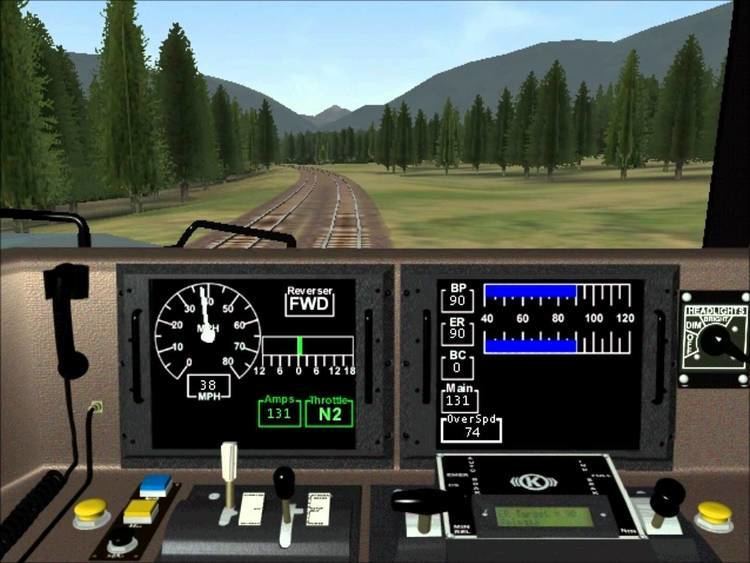
Included with the game was the Editors & Tools program, which allowed the user to build custom routes, create activities for any route, create custom consists, create custom cabviews, or edit the default ones. The Editors & Tools program is also included with later versions of the game.
Locomotives (1.0/1.2)
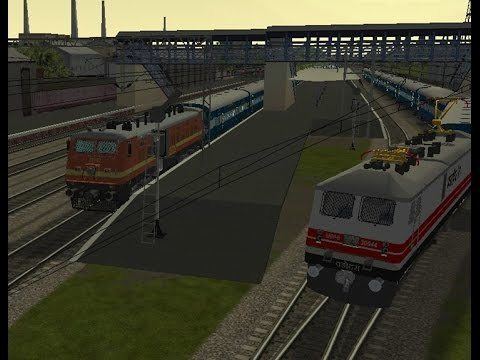
The 1.0 base package contains 9 drivable locomotives and multiple units plus 8 AI locomotives/multiple units (AI units cannot be operated by the player).
Large amounts of post-release DLC was also distributed, providing routes, locomotives, wagons and sessios.
Gameplay issues
The original version contained many bugs. For example, the "front coupling bug", where the locomotive's front coupler would not work, the "white void bug", where the route scenery disappears, leaving a white void, and the "end-of-the-line bug", where the locomotive, if it crashes through the last buffers on the route, would fall into an empty void. There are also issues with the signalling and AI dispatching. The game is also notoriously unstable, with unusually high tendencies to hang or crash without reason, and display error messages incorrectly and/or at the wrong times. In many instances, out-of-place error messages, usually for missing files, will cause a crash at the wrong time. MSTS 1.2 addressed some of these issues.
Updates
Version 1.2 added new items such as British and American rolling stock, namely the British Rail Class 50, British Rail Mark 1 Coaches, an EMD SD40-2 and general US freight cars, along with two new activities each for the SD40-2 and Class 50.
Reception
The game sold over a million units and is, despite its age, still very popular and has a large, active community.
Mods
The game features mod support as routes, trains, cargoes, scenery, etc. are abundant in the game. The installment of the mods is quite tricky since they have to be loaded into set files like Routes for Routes and Trainset for Trains, rollingstock, consists, etc. Over 1000 mods were created for the game and are mostly hosted on large community sites such as trainsim.com, uktrainsim.com and elvastower.com, to name a few. Additionally, MSTS BIN, a community mod that aimed to add features and fix old MSTS bugs has since been released.
Microsoft Train Simulator 2
On May 7, 2003, Microsoft announced that it would be developing a sequel called Microsoft Train Simulator 2 and it was first demoed to the public at E3 on May 15. Seemingly its main improvements were the addition of people to the game (e.g. passengers waiting at the stations, people operating the new locomotive roster, etc.), more realistic crashes and other accidents, and turntables. It was being developed by Kuju Entertainment, the original MSTS creators. Despite restructuring efforts at Kuju, the project was however handed over to Microsoft Game Studios on August 18, 2003.
This project was ultimately halted, as the following statement on April 24, 2004 from Microsoft confirmed:
Microsoft Game Studios has halted the Windows-based game "Train Simulator 2.0." The decision to halt "Train Simulator 2.0" was made some time ago and was based on a long, hard and difficult look at our business objectives and product offerings. We remain focused on the simulations category with successful, platform-driving franchises such as "Microsoft Flight Simulator."
On January 19, 2007, Microsoft announced the relaunch of the Microsoft Train Simulator project. This time the game was being made in-house by ACES Game Studio (Microsoft Game Studios) known for its long line of Microsoft Flight Simulators, as a part of the "Games for Windows" initiative. The game would have used the Microsoft Flight Simulator X graphics engine and it was planned to be compatible with both Windows Vista and Windows XP. A post on the 'The Little Wheel Goes in Back' blog, written by one of the Developer(s), on August 23, 2007 suggested the working title was 'Train Simulator 2'.
On January 23, 2009, Microsoft announced that it was permanently closing ACES Game Studios, the internal development studio responsible for both Microsoft Flight Simulator and Microsoft Train Simulator. As a result, all future development on Train Simulator 2 (which was entering the final stages of development at the time of the closure) was immediately halted, marking the second time that the project was terminated. While Microsoft states that "they are committed to both the Flight Simulator and Train Simulator brands", it is unknown if the Train Simulator 2 project will ever be resurrected and completed sometime in the future. Many former employees of ACES Game Studios went on to join Cascade Game Foundry, a new company that was itself founded by two ACES alumni. Cascade Game Foundry focuses on developing entertainment simulations.
Open Rails
Open Rails is an open-source freeware project launched, developed, maintained and nurtured by a team of volunteers and licensed under GPL. Its project summary states the following:
Open Rails is a train simulator that supports the world's largest range of digital content.
Accurate behaviour for steam, diesel and electric traction including trains with multiple locos.
Signals which correctly protect the train and permit complex timetabled operations.
Multi-user mode in which any timetabled train can be driven in person or by computer.
Key technical objectives are to be backward compatible with as well as extend all MSTS content. It adds new features such as improved multiplayer and mouse controls along with a newer engine that has better graphics and more realistic physics than MSTS. It is optimised to be able to take advantage of the features of newer CPUs, and can support more detailed models.
Open Rails 1.1 was released in 25 March 2016. This release brings the following new features since Open Rails 1.0:
